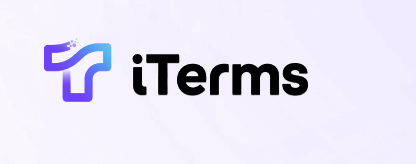13 媒体查询:打造响应式设计的核心
在响应式设计中,媒体查询 扮演着至关重要的角色。媒体查询允许我们针对不同的设备特性(如屏幕宽度、高度、方向等)应用不同的CSS样式,这样可以根据用户的设备类型调整网站的布局与显示效果。让我们深入探讨如何使用媒体查询来提高网站的响应性。
媒体查询的基本语法
媒体查询的基本语法如下:
@media media-type and (condition) {
/* CSS 规则 */
}
media-type可以是all,screen,print, 等。condition是要评估的条件,比如max-width或min-width。
例如:
@media screen and (max-width: 600px) {
body {
background-color: lightblue;
}
}
这段代码会在设备宽度小于等于600px时,将背景色设置为浅蓝色。
示例:使用媒体查询调整布局
结合之前提到的 CSS Grid布局,我们可以使用媒体查询来在不同屏幕尺寸下改变网格布局。以下是一个案例,展示如何为小屏幕设备调整网格布局。
HTML 结构
<div class="grid-container">
<div class="grid-item">Item 1</div>
<div class="grid-item">Item 2</div>
<div class="grid-item">Item 3</div>
<div class="grid-item">Item 4</div>
</div>
CSS 样式
.grid-container {
display: grid;
grid-template-columns: repeat(4, 1fr);
gap: 10px;
}
.grid-item {
background-color: lightcoral;
padding: 20px;
text-align: center;
}
/* 媒体查询:当屏幕宽度小于600px时 */
@media screen and (max-width: 600px) {
.grid-container {
grid-template-columns: repeat(2, 1fr);
}
}
在这段代码中,当屏幕宽度小于600px时,grid-container会改变为每行两个项目的布局,这样更适合小屏幕设备的浏览。
媒体查询的常见条件
在实践中,我们可能会使用以下几种常见的条件:
max-width:限制最大宽度min-width:限制最小宽度max-height:限制最大高度orientation:设备方向(portrait或landscape)
例如,我们可以使用 orientation 来调整竖屏和横屏下的样式:
@media screen and (orientation: landscape) {
/* 横屏时的样式 */
}
@media screen and (orientation: portrait) {
/* 竖屏时的样式 */
}
组合媒体查询
在实际开发中,有时我们需要组合多个条件使样式更加精细。我们可以使用 and、not、only 等来实现:
@media only screen and (max-width: 600px) and (orientation: portrait) {
body {
background-color: lightgreen;
}
}
上面的例子代表当屏幕宽度小于600px并且设备是竖屏时,将背景色改为浅绿色。
结论
在学习媒体查询的过程中,我们已经掌握了如何为不同设备和屏幕尺寸定义特定的CSS样式。通过合理的使用媒体查询,我们可以有效地实现响应式设计,使网站在各类设备上都能提供良好的用户体验。这为我们后续要讨论的移动优先设计打下了基础,让我们在设计时考虑到用户使用设备的多样性。
接下来,我们将深入探讨移动优先设计的概念,可以提升响应式设计的效果,敬请期待!
